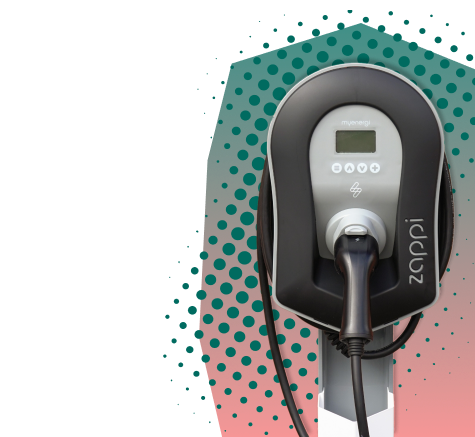Renewable energy is powering 29% of the world’s total energy consumption, with solar energy being the third largest renewable source. Beaten only by hydropower and wind, solar energy has become increasingly popular over the last decade. It is also one of the most heavily funded renewable sources, with a global investment of $141 billion. Germany, the United States and China are some of the biggest investors.
The benefits of solar energy
It is available everywhere and every day, making it one of the best natural energy sources. It is also a clean energy that doesn’t produce any waste and doesn’t release toxic gases such as carbon and methane into the atmosphere. Because solar energy production doesn’t involve any fuel, it also avoids issues with transportation of fuel or storage of toxic waste. In the long-run, the use of solar energy can truly have an impact on slowing down climate change.
As it generates both electricity and heat, solar energy can have multiple purposes such as to provide electricity to homes, to distil and pump water or even to power satellites into space. For individual homeowners, the installation of solar panels is fairly easy as the panels aren’t connected to any wires or power sources, and maintenance is minimal. Opting to use solar energy can save them between $10,000 to $30,000 over a period of 20 years.
Though the price of solar panels varies depending on location, system sizing and market conditions, it is decreasing steadily for both residential and non-residential systems. As of last year, the price per watt was around $0.30, 89% less than it was in 2010. Solar energy prices are expected to drop by 34% by 2030, according to a Bloomberg report. This cost reduction is mainly due to advancements in technology and an increasing global interest in using renewable sources.

Where is the solar energy market at?
The global cumulative solar PV (photovoltaic) capacity has grown steadily since 2015. Between 2015 to 2019, there was a 404.4 gigawatts increase and at the end of 2019, it reached 627 GW, according to the IEA Snapshot of Global Photovoltaic Market 2020” report. Over the past year, the renewable power capacity has dropped for the first time in 20 years, mainly due to the Covid-19 pandemic, lockdown measures and issues with supply chains. However, an IEA study predicts that solar energy will grow back at full speed this year.
Government support makes solar energy an even more attractive market. All over the world, governments are providing incentives to individuals and companies in order to promote renewable energy and reach their environment targets, and these initiatives are showing results. In the US, for instance, the introduction of the Investment Tax Credit (ITC), a 26% tax credit for solar systems in residential and commercial properties, prompted an annual growth of 52% as well as a stream of investments in green technology.
Other countries like China, Japan, Germany and Iceland have launched energy initiatives that include feed-in tariffs, investment tax credits, net metering and capital subsidiaries. In the UK, there is a Smart Export Guarantee (SEG) scheme that offers export tariffs for small-scale low-carbon energy generating technologies. According to Fortune Business Insights, China remains the world’s largest solar energy market so far, with twice as much capacity as the second-largest market. Europe was the second-largest market in 2019, as the European Union saw a 104% increase in solar capacity from 2018 to 2019.

Opportunities in the solar energy market
Overall, renewable energy is expected to grow by 7.1% each year over the next two decades. According to the International Energy Association (IEA), solar energy will triple by 2022 and it is set to become the world’s top source of power by 2030, with far more solar capacity added than any other type of energy. According to Fortune Business Insights, Asia is expected to lead the market, with Europe coming in second place.
Solar energy can be used in houses, offices, solar-powered cars, water heaters, farms, chimneys and even wristwatches, amongst others, which proves just how versatile this renewable energy can be. There are various opportunities within this market and future trends indicate that it can be highly profitable. In fact, the global solar energy market is projected to reach $223.3 billion by 2026.
The future is looking bright for solar energy, as demand increases and costs go down continuously. The versatility of solar power usages, along with the obvious environmental benefits, makes it an interesting market to explore. Storm4 connects organizations to the best GreenTech talent. If you want to grow your headcount in your solar startup or want further advice, contact us here. Our team of highly specialized consultants can help you build your sustainable business, whilst contributing to a more sustainable future.











